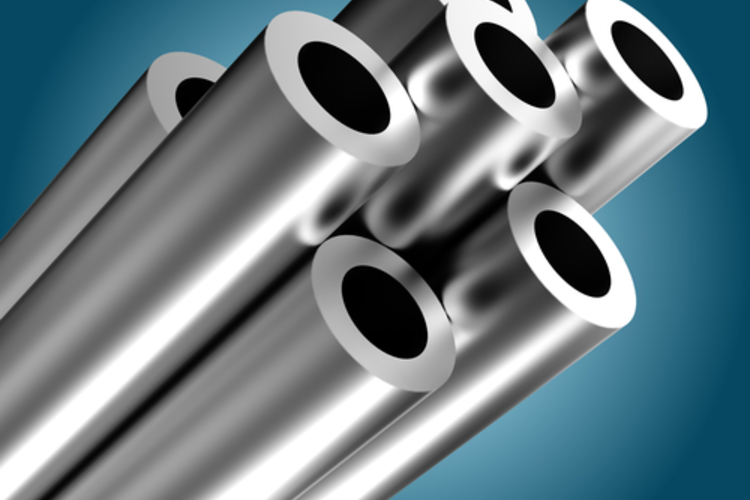Global energy demand is rising due to population development and increased per capita usage of energy. This increase in energy usage will cause an international boost in carbon emissions. Nevertheless, if the targets to reduce climate modification are to be satisfied, significant decreases in emissions are necessary and innovations are required to fulfill this difficulty. Several innovation scenarios are currently under discussion to please growing energy demand while attaining CO2 decrease targets:

Carbon Capture and Storage centers, low-carbon energy such as wind, solar, hydro-electric power, or more probably a combination of all these technologies. All 3 circumstances result in a reduction of about 80-90% of CO2 emissions but are more metal intensive than existing power generation.
Whichever scenario is chosen and regardless of the technology used, since of their combination of strength and deterioration resistance, nickel-containing alloys will play a key role in each of these requiring environments. Nickel-containing stainless steel and nickel alloys are essential for the production of renewable resource-- allowing clean power to be supplier a central part of our effort to deal with international warming. CCS catches the carbon and repairs it in a kind that prevents it being released to the environment.
The action of "fixing" the carbon includes corrosive high pressure atmospheres and exceptionally high temperatures that are best handled through the use of high nickel alloys and nickel-containing stainless steel.
Increasing Ni demand
Compared to the existing energy mix, it is clear nickel will be progressively vital to please future energy demands and provide on low carbon commitments. This increase in need for nickel will lead http://rafaelkend065.yousher.com/20-myths-about-duplex-steel-s32205-busted to extra energy usage to mine and improve nickel ore. However, nickel is not taken in however utilized. Nickel brought into society is not lost as a resource however offered to future generations through recycling. Recycling enables the financial investment in the energy used to produce nickel at first to be recovered in the production of nickel-containing stainless-steel and high nickel alloys.
Nickel demand is anticipated to increase by 250% by the year 2050.